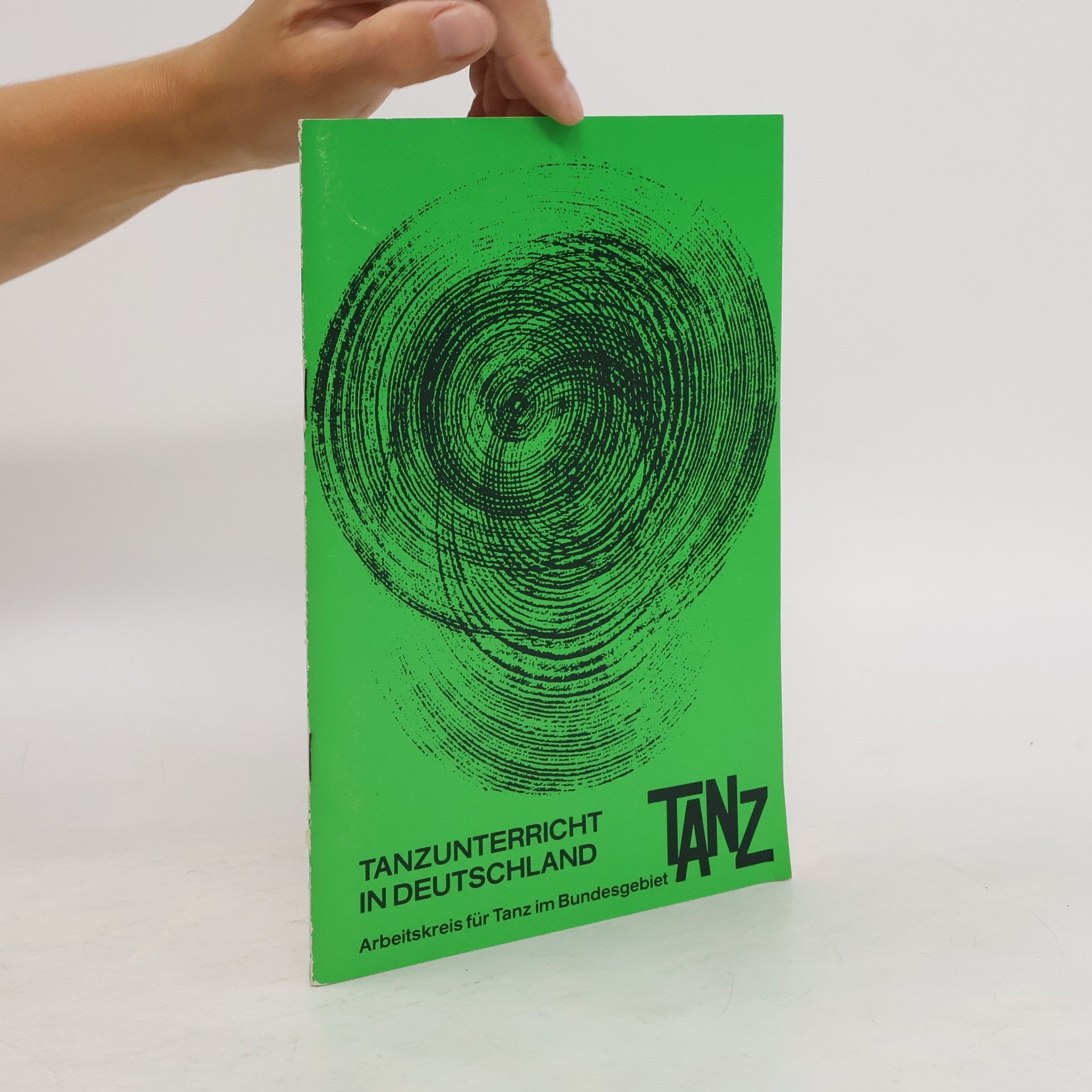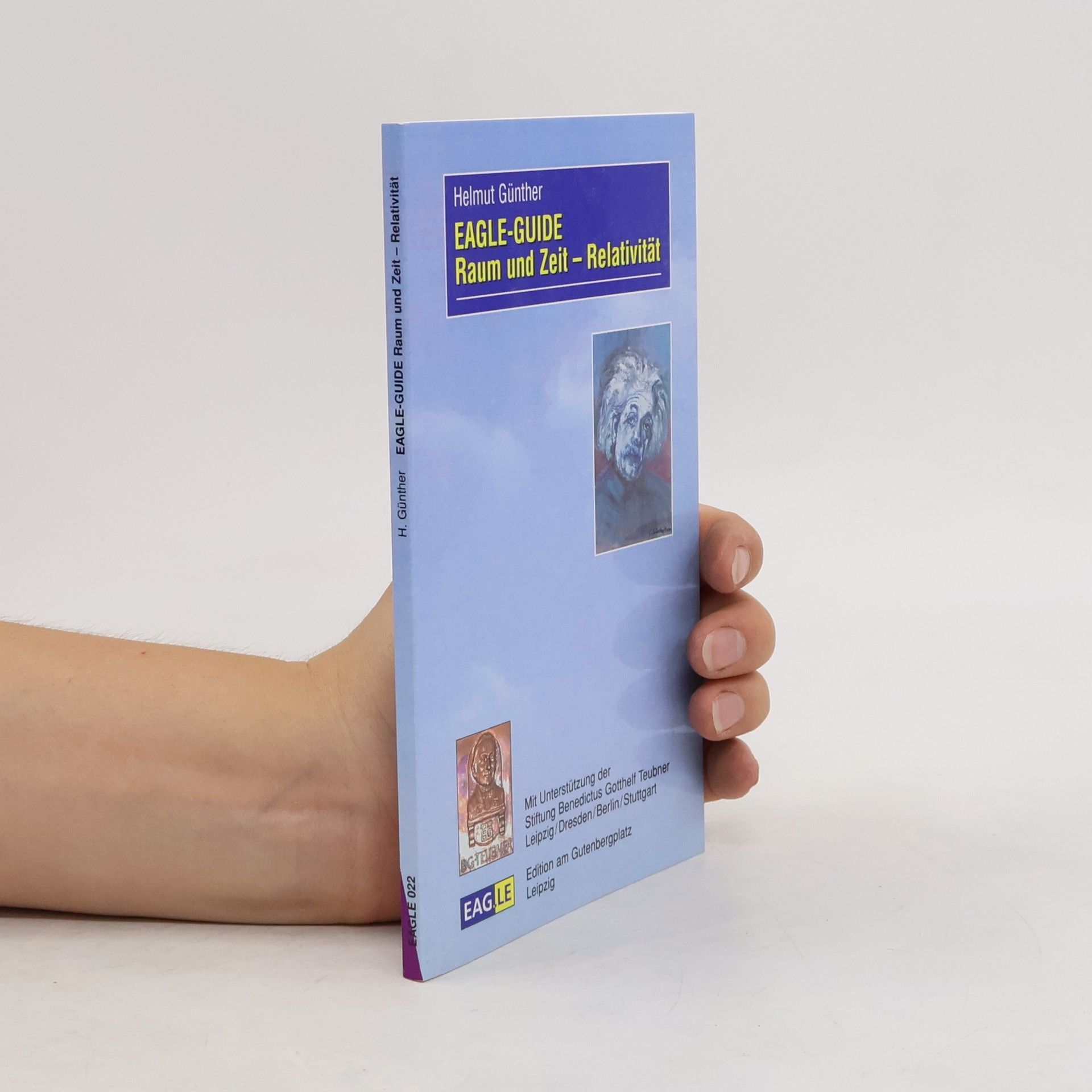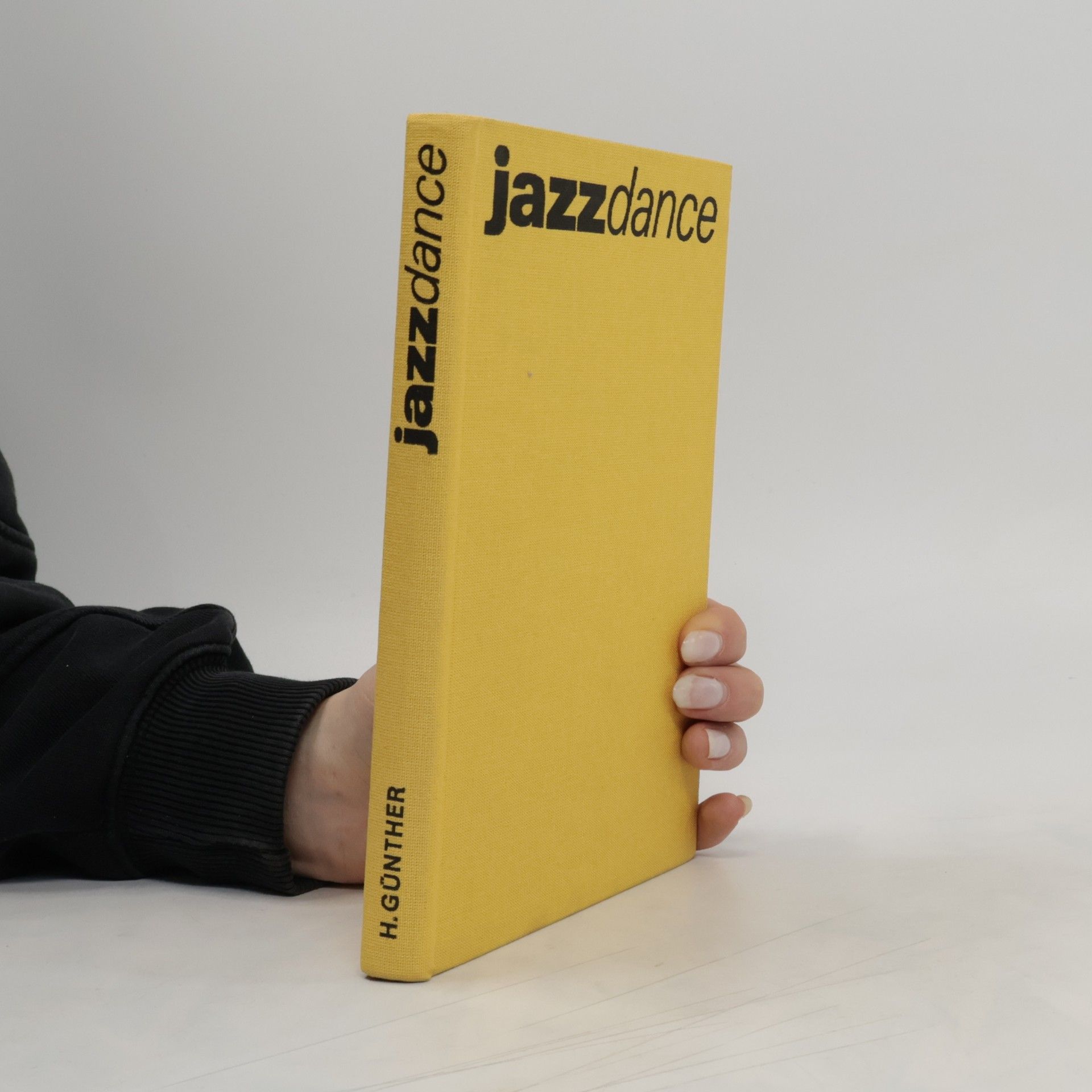Oczy dywizji to kontynuacja książki pt. Gorące silniki, zimne stopy. Po wyleczeniu ran po odmrożeniach z grudnia 1941 roku Autor trafił do szkoły dla kandydatów na oficerów. Już w randze untersturmführera SS został przydzielony do Batalionu Rozpoznawczego 17. Dywizji Grenadierów Pancernych SS Götz von Berlichingen, która powstała w Normandii. Początkowo był dowódcą plutonu, a później kompanii. Opisuje chaotyczne walki z aliantami w rejonie Carentan- Coustances-St.Lö, następnie paniczny odwrót Niemców w kierunku Paryża i walki obronne w rejonie Metzu. Tam Günther został ponownie ranny. Do zdrowia dochodził w Dreźnie, gdzie w lutym 1945 roku był świadkiem apokaliptycznego nalotu alianckiego na miasto. Potem trafił do niewoli amerykańskiej. Opisując końcowe losy macierzystego oddziału, korzy stał ze wspomnień towarzyszy broni. Pomimo nieskrywanych sympatii dla nazistów, potrafił bardzo realnie opisać wojnę jako mieszaninę tragedii i groteski.
Helmut Günther Book order






- 2023
- 2023
Kurzbeschreibung (VLB): As 'Faster-Than-Light Particles' G. Feinberg introduced tachyons in 1967. The characteristic quantity for tachyons is their momentum parameter instead of the rest mass of particles. We point out the difference between the terms correlation and interaction. We find tachyons as solutions of the sine-Gordon equation over a lattice structure, what was first done by G. Eilenberger 1981. We investigate collision processes with tachyons and discuss hypothetical consequences concerning particle creation and dark energy. We demonstrate how the Einstein-Podolsky-Rosen paradox can be explained using instantaneous zero-energy tachyons and thus give a model for Zeilinger's teleportation of 1997.
- 2022
Das Zwillingsparadoxon unter Berücksichtigung der Gravitation
- 64 pages
- 3 hours of reading
Die bewegte Uhr und eine Uhr im Gravitationsfeld gehen nach. Das berühmte Paradoxon von den Zwillingen, die sich erst voneinander entfernen und dann wieder zusammenkommen, untersuchen wir zunächst im speziell-relativistischen Gedankenexperiment, also ohne Gravitation. Der Zwilling, der seinen Bruder mit einer höheren Geschwindigkeit wieder einholt, bleibt am Ende der jüngere, was sich mit der sog. Zwillingsungleichung einfach verifizieren lässt.Die Gravitation kann prinzipiell nicht abgeschirmt werden. Ihren Einfluss auf den Gang einer Uhr verstehen wir mit einem Gedankenexperiment von V. Müller. Während die Zwillinge betragsmäßig immer dieselbe Geschwindigkeit zueinander besitzen, gelangen sie aber bei ihrer Bewegung durch den Raum in die Nähe verschiedener Massen, so dass sie unterschiedlicher Gravitation ausgesetzt sind. Das kann dazu führen, dass am Ende der zurückkehrende Zwilling sogar der ältere ist. Inhaltsverzeichnis Die traditionelle Darstellung des Zwillingsparadoxons.- Minkowskis Linienelement - Die Lorentz-Transformation.- Umkehrproblem und Gravitation.
- 2021
Tachyonen
Partikel mit Überlichtgeschwindigkeit in Einsteins Relativitätstheorie
Partikel, die sich permanent mit Überlichtgeschwindigkeit bewegen, heißen Tachyonen. Die zeitliche Reihenfolge der Endpunkte ihrer Bewegung ist vom Bezugssystem abhängig. Tachyonen können keine Nachricht übertragen, vermitteln aber über beliebig große Entfernungen einen Zusammenhang, ohne dass die Kausalität verletzt wird. Damit besprechen wir das Einstein-Podolsky-Rosen Paradoxon. Ein Teilchen wird durch seine Ruhmasse definiert, ein Tachyon durch einen Impulsparameter. Wir untersuchen Stoßprozesse mit Tachyonen. In Anlehnung an den Begriff des Quasiteilchens betrachten wir über einem Gitter auch Quasitachyonen. Wir erklären die Geschichte mit Schrödingers Katze.
- 2021
Autor książki przypadkowo trafił do batalionu motocyklowego dywizji SS Das Reich. Przeszedł twardą szkołę życia, nim stał się pełnoprawnym żołnierzem. Nie ukrywał własnych słabości i kłopotów związanych z trudnym charakterem dowódców. Choć dyplomatycznie unikał wypowiadania się na temat sytuacji politycznej III Rzeszy, to od początku okazywał, że służba w SS była dla niego jedynie wypełnieniem obowiązku odbycia służby wojskowej, a nie realizacją jakieś obłąkanej idei. Po prostu służba w SS była łatwiejsza niż w Wehrmachcie. Starał się być realistą i nie pociągało go bezsensowne bohaterstwo. Wojna jednak weryfikowała wszelkie koncepcje życiowe i czasami walcząc o życie, trzeba było dokonywać nadludzkich wysiłków. Nie ukrywał, że wojna w Rosji od początku budziła obawy w nim i jego kolegach. Nie zastanawiali się, czy walczą u słuszną sprawę - nie mieli na to czasu. Po prostu chcieli przeżyć. Chociaż wmawiano im, że walczyli o Wielkie Niemcy, bardziej bali się o własną skórę. To opowieść o chłopcach, którzy chcąc przetrwać na wojnie, musieli stać się mężczyznami. Dzięki niej poznamy wielu oficerów, którzy potem okazali się świetnymi dowódcami, takich jak Klingenberg i Tychsen. To nie byli bohaterowie z naszej bajki, ale znali się na swojej robocie.
- 2020
Die bewegte Uhr geht nach. – Zwei Zwillinge bewegen sich in entgegengesetzter Richtung. Beide beobachten, dass die Uhr des anderen nachgeht. Dann kommen sie wieder zusammen und stellen Jünger ist, wer seine Geschwindigkeit geändert hat. Eine elementare Erklärung dafür folgt aus einer Kette von Ungleichungen auf der Basis der Zeitdilatation. Mit Hilfe der Definition einer absoluten Gleichzeitigkeit finden wir eine weitere, einfache Erklärung. Hierbei ist es wichtig, den definitorischen Charakter der Gleichzeitigkeit zu verstehen. Alternativ zu Einsteins Herleitung formulieren wir einen anschaulichen Zugang zur Speziellen Relativitätstheorie. Dabei können wir über die Gleichzeitigkeit frei verfügen und lösen das Paradoxon sowohl mit der Lorentz-Transformation als auch bei absoluter Gleichzeitigkeit.
- 1996
Grenzgeschwindigkeiten und ihre Paradoxa
Gitter · Äther · Relativität
KlappentextAus dem Inhalt Mechanische Grundlagen: Die Entdeckung des Äthers - Äther und Wellengleichung - Die physikalischen Elemente der Speziellen Relativitätstheorie - Wo kommt die Wellengleichung her? - Die Wellengleichung und das Dritte Axiom - Gitter und Kontinuum - Der kristalline Festkörper - Versetzungen - Die sine-Gordon-Gleichung einer Versetzung In der Welt der Kristalle: Raum und Zeit - Natürliche Maßstäbe und Uhren - Bewegte Maßstäbe und Uhren - Ein Uhrenparadoxon - Die Messung der Signalgeschwindigkeit - Die Voigt-Lorentz-Transformation - Das Relativitätsprinzip - der verlorene Kristall - Das Zwillingsparadoxon - Der Doppeleffekt - Tachyonen und Kausalität - Verletzung der Relativität - der wiederentdeckte Kristall - Die Trägheit der Energie - Teilchen und Feld - Eine Teilchenlösung - die Trägheit der Energie Anhang: Gitter und Kontinuum (Ergänzungen) - Tachyonen und Kausalität (Ergänzungen) Literatur - Verzeichnis der häufigsten Symbole - Maßeinheiten - Notiz zur Schreibweise - Namenverzeichnis - Sachwortverzeichnis
- 1990


